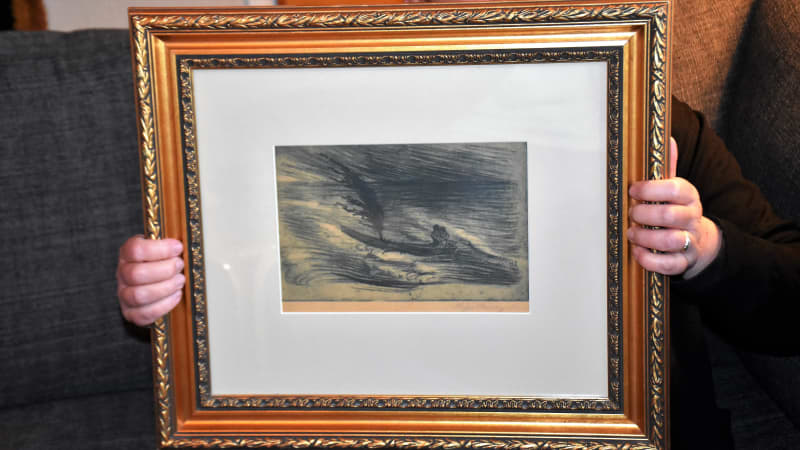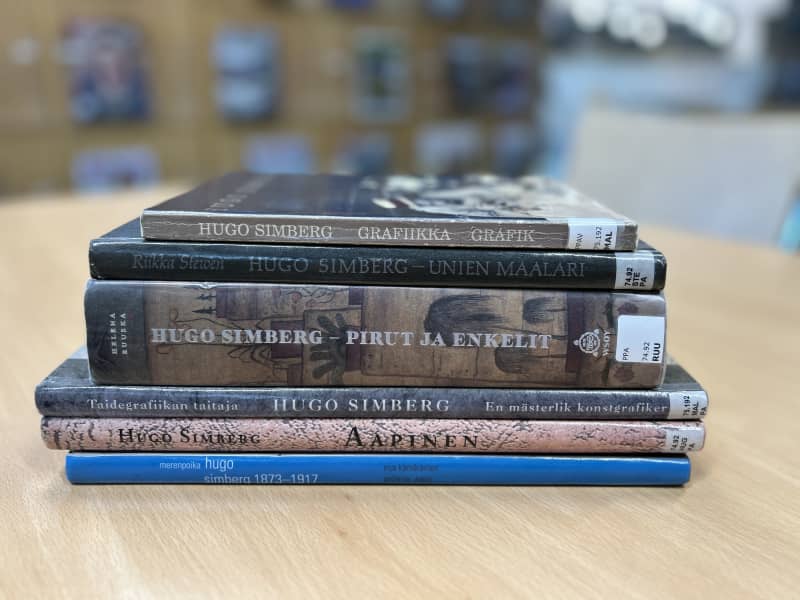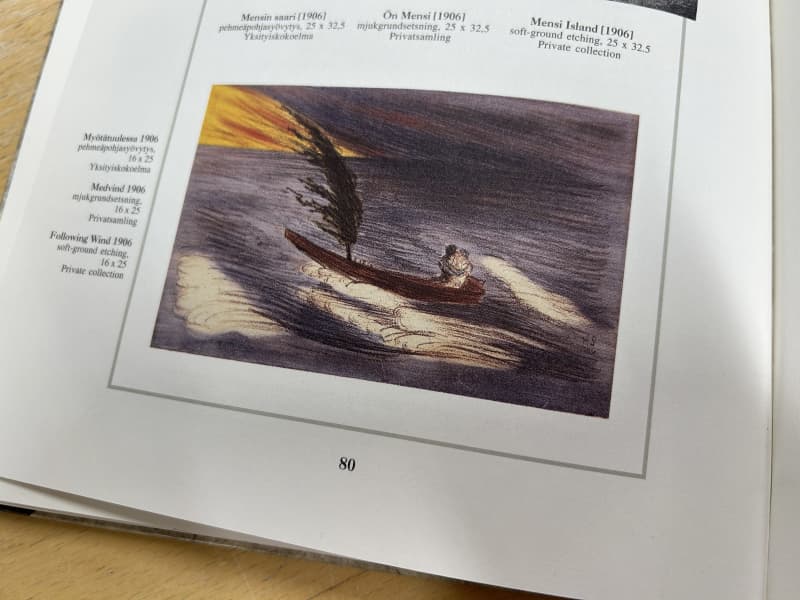
A strong wave and a small boat in the graphic print do not bring to mind Hugo Simberg, the main name of the symbolism of Finnish art. That name at the bottom, however, reads. Is the painting genuine and really valuable?
In one dark-toned graphic, attention was first drawn by a Korean frame, then by a dark-toned subject. In the work, two people are in a sailboat in the middle of the waves. In distress at sea?

The strange sail is indeed wood. There is no picture of the work.

Yellowed print
Based on the photo, he estimates that the work is probably authentic. One version of the work can be found, for example, in the National Gallery.
It speaks for the authenticity that the graphic prints are not attractive to fake.
– The value of the prints is not very significant. Judging from the picture, the paper looks a little yellowed. Would there be a small tear? Such things affect the sales value, says Marja Lahelma.

The auction knows the current value
– The work is indeed a well-known work of the artist. Nice topic. Fecit refers to the work being copied after the artist’s death, Borgström says.
The etching itself is marked HS 1906, but the Hugo Simberg signature is followed by *fecit*.

According to Borgström, the paper doesn’t seem to be of very high quality, so it might be that the estate didn’t make the print until after the war. At that time, there was a shortage of high-quality material.
It’s still strange how the painting can have the autograph of an artist who died in 1917?
– It is probably a signature made by the artist’s wife. It has been a common practice at that time. I understand that the tiles have since been donated to Ateneum, says Borgström.
The Möötuulessa work would be suitable for auction for Hagelstam, but the price is not decidedly high. Borgström estimates the starting price to be 300 euros.
The print would be more valuable than this if it was printed by the artist himself on quality paper, it would be in color and the subject would be famous death subjects or devils.
– Simberg himself usually cited only 5-10 copies of one work, so they are relatively rare. Up to 1,000–10,000 euros have been paid for them.
